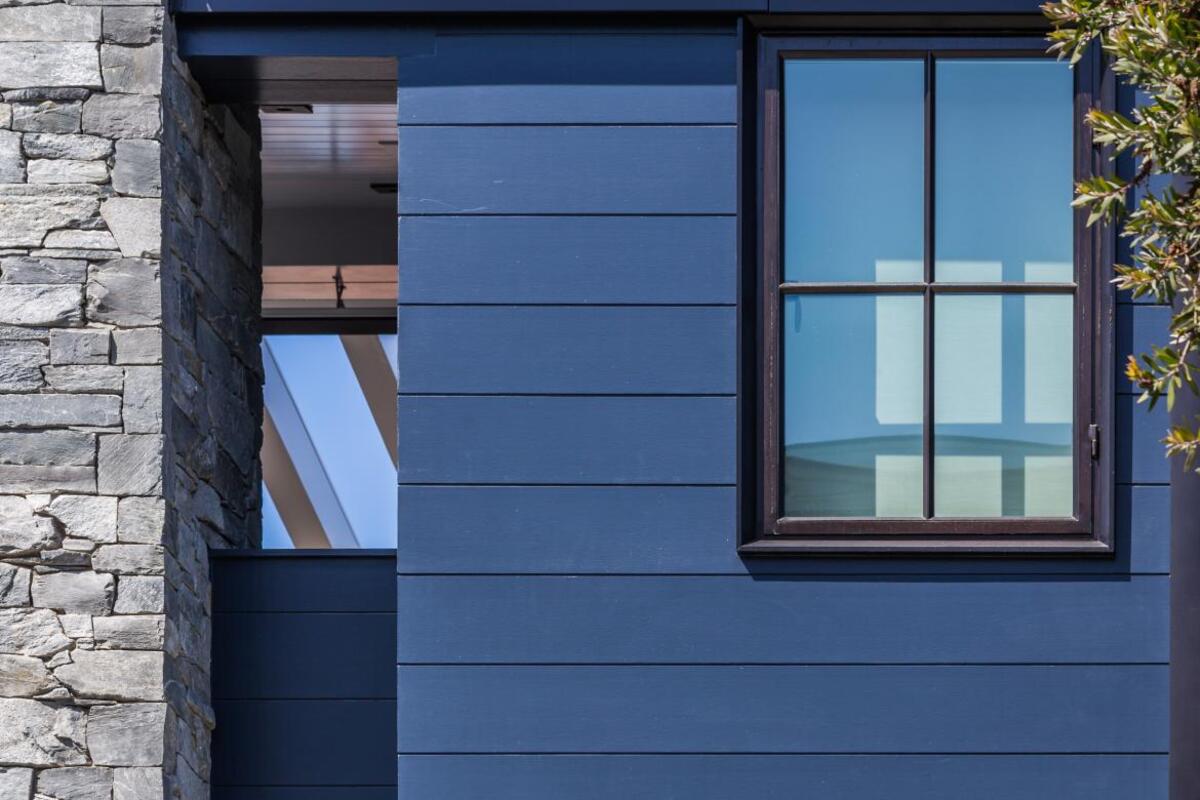

Articles
What Is Boral Siding Made Of
Modified: January 8, 2024
Learn about the composition of Boral siding in this informative article. Explore the key materials used to create this durable and weather-resistant siding option.
(Many of the links in this article redirect to a specific reviewed product. Your purchase of these products through affiliate links helps to generate commission for Storables.com, at no extra cost. Learn more)
Introduction
Welcome to the world of Boral Siding, a revolutionary building material that offers both beauty and durability. Whether you are a homeowner looking to enhance the exterior of your home or a contractor searching for high-quality siding options, Boral Siding is the perfect choice. This article will delve into the fascinating world of Boral Siding, exploring what it is made of, how it is manufactured, and the numerous benefits it offers.
Boral Siding is a type of fiber cement siding, which is a popular alternative to traditional wood and vinyl siding. Fiber cement siding is renowned for its exceptional strength and resistance to various environmental factors, making it a preferred choice among homeowners and building professionals. What sets Boral Siding apart is not only its superior performance but also the thoughtfully crafted composition that makes it stand out from the competition.
Understanding the components of Boral Siding is essential to truly appreciate its exceptional qualities. The three key ingredients that make up Boral Siding are cement, silica sand, and cellulose fibers. Let’s take a closer look at each of these components and the role they play in creating this remarkable siding material.
Key Takeaways:
- Boral Siding: A Durable, Low-Maintenance, and Fire-Resistant Siding Option
Boral Siding offers exceptional durability, low maintenance, and fire resistance, making it a reliable and visually appealing choice for homeowners seeking long-term protection and peace of mind. - Aesthetically Versatile and Long-Lasting Siding Solution
With its ability to mimic natural wood, extensive color options, and durable composition, Boral Siding provides homeowners with endless design possibilities and long-lasting beauty for their homes.
Read more: What Is Clapboard Siding Made Of
Fiber Cement Siding
Fiber cement siding is a type of siding material that has gained popularity in recent years due to its exceptional durability and versatility. It is made by combining cement, sand, and cellulose fibers, resulting in a product that is both strong and resistant to various climate conditions.
One of the key advantages of fiber cement siding is its ability to mimic the appearance of traditional wood siding, without the disadvantages that come with it. While wood siding is prone to rotting, warping, and insect damage, fiber cement siding offers a low-maintenance alternative that retains its beauty over time.
Fiber cement siding is also highly resistant to fire, making it a safe choice for homeowners who prioritize fire protection. In fact, some insurance companies offer discounts to homeowners who have installed fiber cement siding due to its fire-resistant properties.
Additionally, fiber cement siding is known for its excellent resistance to moisture and rot. This characteristic makes it a reliable choice for areas with high humidity or frequent rain, as it is not susceptible to moisture-related issues such as mold, mildew, or rot.
Alongside its durability, fiber cement siding is prized for its versatility in design. It can be manufactured to resemble various types of wood grain, providing homeowners with a range of aesthetic options. Whether you prefer a classic cedar look or a sleek modern design, fiber cement siding can be tailored to suit your preferences.
Furthermore, fiber cement siding is an eco-friendly choice for environmentally conscious homeowners. It is made with natural materials and does not release harmful toxins into the environment, making it a sustainable option for your home.
With its numerous benefits and exceptional performance, it is no wonder that fiber cement siding, such as Boral Siding, has become a popular choice among homeowners and building professionals alike. Now, let’s dive into the specific components that make up Boral Siding and contribute to its exceptional quality.
Components of Boral Siding
Boral Siding is a comprehensive blend of materials that work together to create a durable and aesthetically pleasing siding option. The key components of Boral Siding include cement, silica sand, cellulose fibers, and additives. Let’s explore each of these components in more detail:
Cement:
Cement is a crucial component of Boral Siding, providing strength and stability. It is a binding agent that holds the other materials together, ensuring the siding’s durability and resistance to wear and tear. Cement also contributes to the overall weather-resistant properties of Boral Siding, making it highly resistant to wind, rain, and temperature fluctuations.
Silica Sand:
Silica sand is a key ingredient that adds texture and improves the weather resistance of Boral Siding. It is a fine granular material that enhances the strength and structural integrity of the siding. Silica sand also helps to prevent cracking and acts as a barrier against moisture penetration, ensuring long-lasting performance even in harsh weather conditions.
Read more: What Is Masonite Siding Made Of
Cellulose Fibers:
Cellulose fibers are derived from plant-based materials and are responsible for adding strength and flexibility to Boral Siding. These fibers contribute to the overall structural stability of the siding, making it resistant to impacts and reducing the risk of cracking or breaking. Cellulose fibers also provide insulation properties, helping to regulate temperature and enhance energy efficiency within the home.
Additives:
In addition to the primary components, Boral Siding may also include additives that enhance specific properties. These additives can include dyes or pigments to achieve desired colors, as well as additives that improve resistance to UV rays or increase fire resistance. The exact composition of additives may vary depending on the specific Boral Siding product.
By combining these components in precise proportions, Boral Siding achieves a balance between strength, durability, and aesthetic appeal. The careful selection and integration of these materials result in a versatile siding option that can withstand the test of time and provide long-term protection for homes.
Now that we have explored the components of Boral Siding, let’s delve into the manufacturing process that brings them together to create this exceptional siding material.
Cement
Cement is a vital component of Boral Siding, providing the foundation for its strength and durability. It is the binding agent that holds the other materials together and plays a crucial role in the overall structural integrity of the siding.
In the production of Boral Siding, Portland cement is typically used. Portland cement is made by combining limestone, clay, and other ingredients, which are then heated at high temperatures to create a fine powder. This powder is the main ingredient in the cement used for Boral Siding.
The cement in Boral Siding acts as a solidifying agent, helping to bind the other components and form a cohesive material. It provides the necessary bonding strength to hold the silica sand, cellulose fibers, and additives together, ensuring the siding’s structural stability.
One of the key characteristics of cement is its ability to harden and cure over time. When mixed with water, cement undergoes a chemical reaction called hydration. This reaction causes the cement to harden and form a solid matrix, providing stability and strength to the Boral Siding.
Additionally, cement contributes to the durability and weather resistance of Boral Siding. It is highly resistant to moisture, protecting the siding from potential damage caused by water penetration. The combination of cement and other materials creates a robust barrier against the elements, ensuring the longevity of the siding even in harsh environmental conditions.
Furthermore, cement provides fire-resistant properties to Boral Siding. It is an inorganic material that does not combust or contribute to the spread of flames. This makes Boral Siding a safe choice for homeowners, offering peace of mind and increased fire protection compared to other siding materials.
Overall, cement plays a crucial role in the composition of Boral Siding. It provides the strength, durability, and fire resistance that make Boral Siding a reliable and long-lasting siding option. The combination of cement with other components creates a high-performance material that can withstand the test of time and protect homes from various environmental factors.
Now that we’ve explored the role of cement in Boral Siding, let’s move on to discuss another essential component: silica sand.
Silica Sand
Silica sand is a crucial ingredient in Boral Siding, contributing to its strength, texture, and weather-resistant properties. Derived from quartz rock, silica sand is a granular material that plays a significant role in the composition of the siding.
One of the primary functions of silica sand in Boral Siding is to enhance its durability. The sand particles add texture and improve the overall resistance of the siding to wear and tear. This makes Boral Siding highly robust and less susceptible to cracking, chipping, or breaking, even in high-impact situations.
In addition to its impact-resistant properties, silica sand is also instrumental in improving the weather resistance of Boral Siding. The granular nature of silica sand helps create a dense structure within the siding material, acting as a barrier against moisture penetration.
Moisture can be a significant threat to the longevity of siding materials, leading to issues such as rot, mold growth, and deterioration. However, with the inclusion of silica sand, Boral Siding becomes highly resistant to moisture-related problems. It prevents water from permeating through the material, protecting the underlying structure of the home and ensuring the longevity of the siding itself.
The weather-resistant properties of silica sand also extend to protecting Boral Siding from temperature fluctuations. It helps to minimize the expansion and contraction of the siding due to changes in temperature, reducing the risk of cracks or warping over time.
Furthermore, silica sand contributes to the overall aesthetic appeal of Boral Siding. The granular texture of the sand particles adds depth and visual interest to the material, giving it a natural and organic appearance. It can also be combined with pigments or dyes to achieve desired colors, providing homeowners with a range of options to suit their aesthetic preferences.
Overall, silica sand plays a vital role in creating a durable and weather-resistant siding material in Boral Siding. Its impact resistance, moisture protection, and aesthetic contribution make it an essential component that enhances the performance and visual appeal of the siding.
Now that we have explored the significance of silica sand, let’s move on to discuss another key component of Boral Siding: cellulose fibers.
Read more: What Is Vinyl Siding Made Of
Cellulose Fibers
Cellulose fibers are a crucial component of Boral Siding, responsible for enhancing the strength, flexibility, and insulation properties of the siding material. Derived from plant-based sources, such as wood or recycled paper, cellulose fibers contribute to the overall performance and durability of Boral Siding.
One of the primary functions of cellulose fibers in Boral Siding is to improve its strength and structural integrity. These fibers are dispersed throughout the cement and silica sand mixture, creating a network that reinforces the material. As a result, Boral Siding becomes highly resistant to impact, reducing the likelihood of cracks or damage caused by external forces.
In addition to strength, cellulose fibers add flexibility to Boral Siding. This flexibility allows the siding to withstand minor movements and vibrations without cracking or breaking. It ensures the long-term stability of the material, especially in regions prone to seismic activity or shifting foundations.
Furthermore, cellulose fibers contribute to the thermal insulation properties of Boral Siding. These fibers create air pockets within the material, effectively trapping heat or cold, which helps regulate the temperature inside the home. As a result, Boral Siding can improve energy efficiency and reduce heating and cooling costs.
The insulation properties of cellulose fibers also help in reducing noise transmission. The fibers absorb sound waves and minimize the transfer of sound, providing a quieter indoor environment.
Another advantage of cellulose fibers is their environmentally-friendly nature. As a plant-based material, cellulose fibers are renewable and biodegradable, making Boral Siding a sustainable choice for environmentally conscious homeowners. Additionally, the use of recycled cellulose fibers further reduces the environmental impact of the production process.
Overall, cellulose fibers play a vital role in the composition of Boral Siding, contributing to its strength, flexibility, insulation properties, and sustainability. Their presence enhances the performance of the siding material, providing long-lasting protection and energy efficiency for homes.
Now that we have explored the role of cellulose fibers in Boral Siding, let’s move on to discuss another essential element: additives.
Additives
Additives are an integral part of the manufacturing process for Boral Siding, enhancing specific properties of the siding material. These additives are carefully selected and incorporated to improve performance, durability, and aesthetic aspects of Boral Siding.
One type of additive commonly used in Boral Siding is colorants or pigments. These additives are responsible for achieving desired colors or finishes for the siding material. Whether it’s a classic white, a rich earth tone, or a vibrant shade, colorants or pigments can be added to the mixture to create a wide range of color options. This allows homeowners and builders to select the perfect shade that complements the overall design and style of the home.
Another type of additive that may be included in Boral Siding is UV stabilizers. These additives help protect the siding from the damaging effects of the sun’s ultraviolet (UV) rays. UV stabilizers prevent the color from fading, maintaining the vibrancy and longevity of the siding material, even in areas with intense sunlight exposure.
Fire retardant additives may also be used in Boral Siding to enhance its fire resistance. These additives, typically composed of chemicals, help inhibit the spread of flames and reduce the combustibility of the siding material. By incorporating fire retardant additives, Boral Siding offers an added layer of fire protection, giving homeowners peace of mind and potentially lowering insurance costs.
The specific composition and use of additives may vary depending on the Boral Siding product and its intended application. The careful selection and incorporation of additives ensure that Boral Siding meets specific performance standards and offers exceptional quality.
It is important to note that the additives used in Boral Siding are carefully chosen to minimize any negative environmental impact. Boral strives to use additives that are safe for both the end-users and the environment, ensuring that their products are as sustainable as possible.
Overall, additives play a vital role in enhancing the performance, aesthetics, and safety features of Boral Siding. The inclusion of colorants, UV stabilizers, and fire retardant additives contributes to the overall quality and versatility of the siding material.
Now that we have explored the components of Boral Siding, from cement and silica sand to cellulose fibers and additives, let’s move on to the manufacturing process that brings these elements together.
Process of Manufacturing Boral Siding
The manufacturing process of Boral Siding involves precise steps to ensure the consistent quality and durability of the final product. Let’s walk through the general process of manufacturing Boral Siding:
Mixing:
The first step in the manufacturing process is to mix the key ingredients together. Cement, silica sand, cellulose fibers, and any necessary additives are carefully blended in a controlled environment. The proportions of each component are precisely measured to achieve the desired composition.
Read more: What Is LP Siding Made Of
Forming:
Once the ingredients are thoroughly mixed, the homogenous mixture is transferred to a forming machine. This machine shapes the mixture into the desired siding profile, which can range from traditional lap siding to shingles or panels. The forming process ensures that the mixture is evenly distributed and compacted to create a uniform and durable siding material.
Curing:
After being formed, the siding material undergoes a curing process. This involves allowing the material to dry and harden, typically by air drying or being placed in a controlled environment. During curing, the cement undergoes hydration, a chemical reaction that strengthens and solidifies the material, ensuring its long-term stability and durability.
Surface Treatment:
Once the siding material is cured, it may undergo surface treatment processes to enhance its appearance and durability. This can include treatments such as priming or adding protective coatings, which provide an extra layer of defense against the elements.
Inspection and Quality Control:
Throughout the manufacturing process, Boral Siding undergoes rigorous inspections and quality control measures. Highly trained technicians carefully examine the siding material to ensure it meets the predetermined quality standards. This includes checking for consistency in color, texture, strength, and dimensional accuracy.
Read more: What Is Siding On A House Made Of
Packaging and Distribution:
Once the manufacturing and quality control processes are complete, Boral Siding is carefully packaged and prepared for distribution. Depending on the type and size of the siding products, they may be packaged in boxes, bundles, or pallets to ensure safe and efficient transportation.
It is important to note that the exact manufacturing process may vary depending on the specific product and manufacturing facility. However, the overall steps involved in producing Boral Siding focus on creating a high-quality, reliable, and visually appealing siding material.
Now that we have explored the manufacturing process of Boral Siding, let’s move on to discuss the numerous benefits that this exceptional siding material offers.
Benefits of Boral Siding
Boral Siding offers a wide array of benefits that make it a popular choice among homeowners and building professionals. From its exceptional durability to its aesthetic appeal, Boral Siding provides numerous advantages for those looking for a reliable and visually appealing siding option. Let’s explore some key benefits:
Durability:
Boral Siding is known for its exceptional durability, capable of withstanding various environmental factors. Its composition of cement, silica sand, and cellulose fibers creates a sturdy and resilient material that resists cracking, chipping, and impacts. This durability ensures that Boral Siding will stand the test of time, providing long-term protection for homes.
Low Maintenance:
One of the significant advantages of Boral Siding is its low maintenance requirements. Unlike wood siding, it does not require frequent repainting, sealing, or staining. Boral Siding is resistant to rot, insects, and moisture, eliminating the need for regular upkeep associated with other siding materials. This translates to time and cost savings for homeowners.
Read more: What Is Hardie Plank Siding Made Of
Fire Resistance:
Boral Siding is inherently fire resistant, offering an added layer of safety for homeowners. Its composition of cement and other non-combustible materials helps inhibit the spread of flames, reducing the risk of fire damage and providing peace of mind. Some insurance companies even offer discounts for homes with fire-resistant siding like Boral Siding.
Moisture and Rot Resistance:
Thanks to its composition and manufacturing process, Boral Siding is highly resistant to moisture and rot. It does not absorb water readily, preventing issues such as warping, mold growth, or material deterioration. With Boral Siding, homeowners can be confident in its ability to withstand humid climates, heavy rainfall, and other moisture-related challenges.
Aesthetics:
Boral Siding offers a diverse range of design options, allowing homeowners to achieve their desired aesthetic. It can be manufactured to resemble different wood textures and finishes, providing the charm of wood siding without the maintenance drawbacks. Whether you prefer a traditional or contemporary look, Boral Siding can be tailored to suit your style and enhance the visual appeal of your home.
In addition to these benefits, Boral Siding is also eco-friendly. It is made with sustainable materials, including cellulose fibers derived from recycled or renewable sources. This makes Boral Siding a responsible choice for environmentally conscious homeowners.
Overall, the numerous benefits of Boral Siding, including its durability, low maintenance, fire resistance, moisture resistance, and aesthetic options, make it a top choice for those seeking a reliable and visually appealing siding solution. Choosing Boral Siding ensures long-lasting protection, reduced maintenance efforts, and enhanced curb appeal for your home.
Now that we have explored the many advantages of Boral Siding, let’s conclude our discussion.
Durability
When it comes to siding options, durability is a key factor to consider, and Boral Siding exceeds expectations in this area. Its advanced composition and manufacturing process make it a highly durable and long-lasting siding material that can withstand various environmental factors.
One of the primary reasons Boral Siding is known for its durability is its strong and resilient composition. The combination of cement, silica sand, cellulose fibers, and additives creates a material that is resistant to cracking, chipping, and impacts. It can withstand the wear and tear that comes with daily exposure to the elements, ensuring that it maintains its structural integrity over time.
Unlike wood siding, which is susceptible to rot, warping, and insect damage, Boral Siding offers long-term durability without the maintenance drawbacks. It does not require frequent painting, staining, or sealing, saving homeowners time and effort in upkeep. This low-maintenance nature makes Boral Siding an ideal choice for those seeking a hassle-free and long-lasting solution for their homes.
Furthermore, Boral Siding is designed to withstand extreme weather conditions. It’s highly resistant to moisture, preventing issues like rot, mold, and material deterioration. The silica sand component adds texture and improves weather resistance, making Boral Siding highly resilient against wind, rain, and temperature fluctuations. Whether you live in a region with high humidity or frequent severe weather, Boral Siding will hold up well, providing reliable protection for your home.
The durability of Boral Siding translates into long-term cost savings for homeowners. Since it doesn’t require frequent repairs or replacements, you can enjoy a durable siding solution that will stand the test of time. Additionally, its longevity can increase the value of your home, appealing to potential buyers who appreciate a low-maintenance exterior.
In terms of impact resistance, Boral Siding is designed to withstand the occasional accidental impact, such as from flying debris or hail. Its robust construction reduces the risk of denting or damage, ensuring that your siding remains intact and visually appealing for years to come.
Lastly, Boral Siding’s durability contributes to its sustainability. By investing in a long-lasting siding material, you reduce overall waste and contribute to a more environmentally friendly approach to construction. Not only will Boral Siding protect your home, but it will also contribute to a greener and more sustainable future.
Overall, Boral Siding’s exceptional durability is one of its standout features. Its strong composition, resistance to various environmental factors, low-maintenance requirements, and long-term cost savings make it an excellent choice for homeowners seeking a durable and reliable siding solution.
Now that we’ve explored the durability of Boral Siding, let’s move on to discuss another key benefit: low maintenance.
Read more: What Is Diamond Kote Siding Made Of
Low Maintenance
One of the significant advantages of choosing Boral Siding for your home is its low maintenance requirements. Unlike other siding materials that may require frequent upkeep, Boral Siding offers a hassle-free solution that saves homeowners time, effort, and money in the long run.
One of the primary reasons why Boral Siding is low maintenance is its resistance to rot, decay, and insect damage. Unlike wood siding, which can be prone to these issues, Boral Siding does not require the same level of attention and care. You won’t have to worry about the time-consuming task of inspecting and treating the siding for potential rot or insect infestations.
Furthermore, Boral Siding is highly resistant to moisture-related problems. It does not absorb water readily, reducing the risk of warping, cracking, or mold growth that can be common with other siding materials. With Boral Siding, you can enjoy peace of mind knowing that your siding is protected from moisture-related issues without the need for frequent maintenance or repairs.
The durability of Boral Siding also contributes to its low maintenance nature. Its strong composition, including cement and silica sand, ensures that it can withstand the rigors of daily wear and tear. You won’t have to worry about regularly repainting or refinishing the siding, as it retains its color and appearance over time. The siding’s impact resistance minimizes the risk of dents or scratches, maintaining its visual appeal without the need for regular touch-ups.
Moreover, the low maintenance quality of Boral Siding extends to its resistance to fading and discoloration. The UV stabilizers used in the manufacturing process help protect the siding from the damaging effects of the sun’s ultraviolet rays. This means that you won’t have to spend time or money on frequent painting or staining to maintain the siding’s vibrant appearance.
Boral Siding’s low maintenance nature also translates to long-term cost savings. By choosing a siding material that doesn’t require regular maintenance, you can save on painting expenses, repairs, and replacements. This can result in significant cost savings over the lifespan of your siding, allowing you to allocate your resources to other home improvement projects or necessities.
Overall, the low maintenance nature of Boral Siding makes it an attractive choice for homeowners looking for a durable and hassle-free siding option. With its resistance to rot, moisture, fading, and impact, it provides a long-lasting solution that requires minimal upkeep. By choosing Boral Siding, you can enjoy a visually appealing and well-protected home without the constant need for maintenance and repairs.
Now that we’ve explored the low maintenance quality of Boral Siding, let’s move on to discuss another key benefit: fire resistance.
Fire Resistance
The fire resistance of Boral Siding is a standout feature that provides homeowners with an added layer of safety and peace of mind. Unlike some other siding materials like wood or vinyl, Boral Siding is inherently fire resistant, making it a reliable choice for protecting your home in case of a fire.
One of the reasons Boral Siding has excellent fire resistance is due to its composition. The main component of Boral Siding is cement, and cement is an inorganic material that does not readily combust. This means that Boral Siding does not contribute to the spread of flames, reducing the potential damage a fire can cause to your home.
In addition to cement, other non-combustible materials are used in the production of Boral Siding. Silica sand and cellulose fibers, which are also fire-resistant materials, further enhance the siding’s ability to resist flames. These materials work together to create a protective barrier that helps prevent fire from spreading on or through the siding.
Boral Siding has undergone rigorous testing and has achieved various fire safety ratings, including Class A fire rating. This rating indicates that Boral Siding has demonstrated excellent resistance to flame spread and can withstand severe fire exposure for an extended period.
By choosing Boral Siding, homeowners may benefit from potential insurance discounts. Insurance companies recognize the fire-resistant properties of Boral Siding and may offer reduced premiums or discounts to homeowners who install it. This not only provides financial savings but also gives you peace of mind knowing that your home is protected against fire hazards.
Additionally, the fire resistance of Boral Siding can be particularly beneficial in areas prone to wildfires or homes located in close proximity to other buildings. It acts as an added safeguard, reducing the risk of your home catching fire from external sources.
It’s important to note that while Boral Siding offers excellent fire resistance, it’s always advisable to follow proper fire safety practices and guidelines to further protect your home. This includes maintaining a clear area around your home, installing and regularly maintaining smoke detectors, having an emergency fire plan, and adhering to local fire regulations.
Overall, the fire resistance of Boral Siding adds an extra layer of protection to your home. Its composition of fire-resistant materials, proven fire safety ratings, and potential insurance benefits make it a reliable choice for homeowners seeking peace of mind and increased fire protection.
Now that we’ve explored the fire resistance of Boral Siding, let’s move on to discuss another key benefit: moisture and rot resistance.
Moisture and Rot Resistance
Boral Siding’s exceptional moisture and rot resistance make it an ideal choice for homeowners looking for a siding material that can withstand the challenges of a humid or wet climate. Its composition and manufacturing process ensure that it remains durable and unaffected by moisture-related issues.
One of the primary reasons Boral Siding is resistant to moisture and rot is its composition of cement, silica sand, cellulose fibers, and additives. These materials create a dense and non-porous surface that prevents water from penetrating the siding. As a result, Boral Siding does not swell, warp, or rot like traditional wood siding when exposed to moisture.
The resistance of Boral Siding to moisture is particularly crucial in regions with high humidity, frequent rain, or coastal environments where homes are more susceptible to moisture-related problems. With Boral Siding, you can rest assured that your siding will remain intact and unaffected by excessive moisture, reducing the risk of mold, mildew, and rot issues.
By keeping moisture out, Boral Siding also helps protect the underlying structure of your home. Moisture infiltration can lead to damage to the framing and insulation, potentially resulting in costly repairs. With Boral Siding’s moisture resistance, you can avoid these potential issues, ensuring the long-term stability and value of your home.
Another benefit of Boral Siding’s resistance to moisture is its ability to maintain its appearance over time. Unlike some other siding materials, Boral Siding does not absorb water, reducing the risk of unsightly stains, discoloration, or peeling paint. Its durable surface remains vibrant and visually appealing for years to come, requiring minimal maintenance and upkeep.
Furthermore, Boral Siding’s moisture and rot resistance also contribute to its overall durability. The absence of rot or decay issues means that the siding maintains its structural integrity, offering reliable protection against the elements. It remains strong, preventing issues such as cracking, chipping, or warping that can occur with materials that are prone to rot.
Overall, Boral Siding’s moisture and rot resistance provide homeowners with peace of mind, even in challenging environmental conditions. Its ability to resist moisture infiltration, prevent rot and decay, and maintain its appearance and structural integrity make it a smart choice for those seeking reliable and long-lasting protection for their homes.
Now that we’ve explored the moisture and rot resistance of Boral Siding, let’s move on to discuss another key benefit: aesthetics.
Aesthetics
When it comes to choosing siding for your home, aesthetics play a crucial role in enhancing its overall curb appeal and creating a lasting impression. Boral Siding offers a wide range of design options, allowing homeowners to achieve their desired aesthetic and create a beautiful exterior for their homes.
One of the standout features of Boral Siding is its ability to closely mimic the appearance of natural wood siding. Through careful manufacturing techniques, Boral Siding can replicate the texture, grain patterns, and colors of various wood species. This allows homeowners to enjoy the timeless charm and warmth of wood without the maintenance drawbacks associated with traditional wood siding.
Whether you prefer the rustic appeal of cedar or the clean lines of smooth lap siding, Boral Siding offers a diverse range of design options to suit various architectural styles and personal preferences. It can be manufactured to resemble different wood textures and finishes, providing a customized look for your home.
In addition to wood grain finishes, Boral Siding also offers options for those seeking a more modern aesthetic. The sleek and contemporary appearance of smooth and beveled panels can complement modern architectural designs, adding a touch of sophistication to your home’s exterior.
Furthermore, Boral Siding is available in a wide array of colors and finishes. It can be factory-coated with paint or stain, offering a durable and fade-resistant finish that eliminates the need for regular repainting. This allows homeowners to achieve their desired color scheme and create a visually pleasing exterior that reflects their personal style.
Homeowners can also choose from various siding profiles and dimensions to create unique patterns and visual interest. Whether you prefer traditional lap siding, shingles, or panels, Boral Siding provides flexibility and versatility in design options to bring your vision to life.
Boral Siding’s attention to detail in replicating the look of natural wood, combined with its extensive range of color and profile choices, allows for endless design possibilities. It provides homeowners with the ability to create a visually stunning exterior that reflects their individual style and complements the architectural character of their home.
Moreover, the aesthetic appeal of Boral Siding is long-lasting. Unlike wood siding, which can deteriorate over time and require frequent refinishing or replacement, Boral Siding’s durable composition ensures that it maintains its beauty for years to come. It will not fade, peel, or warp, providing a consistently attractive appearance that enhances the value and curb appeal of your home.
Overall, Boral Siding’s aesthetics make it a popular choice for homeowners seeking a visually appealing exterior. Its ability to mimic the look of natural wood, its range of color and profile choices, and its long-lasting beauty allow homeowners to create a stunning and customized exterior that compliments their personal style and enhances the architectural character of their home.
Now that we’ve explored the aesthetics of Boral Siding, let’s conclude our discussion.
Read more: What Is Hardie Board Siding Made Out Of
Conclusion
Boral Siding is a remarkable siding material that offers a perfect blend of durability, low maintenance, fire resistance, moisture and rot resistance, and aesthetic appeal. Its composition of cement, silica sand, cellulose fibers, and additives creates a high-performance siding option that can withstand the test of time and protect homes from various environmental challenges.
With its exceptional durability, Boral Siding provides homeowners with confidence in their siding choice. It is resistant to cracking, chipping, and impacts, ensuring a long-lasting and strong exterior for their homes. Additionally, its low maintenance nature frees homeowners from the time-consuming and costly tasks associated with other siding materials, allowing them to enjoy more leisure time and focus on other aspects of homeownership.
The fire resistance of Boral Siding offers peace of mind and an added layer of safety. Its composition, including fire-resistant materials and non-combustible cement, ensures that it does not contribute to the spread of flames, reducing the risks associated with fire incidents. Additionally, its moisture and rot resistance protect against moisture-related issues, such as rot, mold, and material deterioration, ensuring the longevity and structural stability of the siding.
Boral Siding’s aesthetics are another standout feature, offering a wide range of design options to suit various architectural styles and personal preferences. From its ability to mimic the rich texture of natural wood to its extensive color choices and profile options, Boral Siding allows homeowners to create a visually stunning exterior that enhances the curb appeal and value of their homes.
In conclusion, Boral Siding stands out as a top choice for homeowners and building professionals who prioritize durability, low maintenance, fire resistance, resistance to moisture and rot, and aesthetic versatility. It provides a reliable and visually appealing siding solution that offers long-term protection, cost savings, and peace of mind. Whether you’re looking to enhance the exterior of your home or seeking a durable and low-maintenance siding option for your next project, Boral Siding is the answer.
Frequently Asked Questions about What Is Boral Siding Made Of
Was this page helpful?
At Storables.com, we guarantee accurate and reliable information. Our content, validated by Expert Board Contributors, is crafted following stringent Editorial Policies. We're committed to providing you with well-researched, expert-backed insights for all your informational needs.
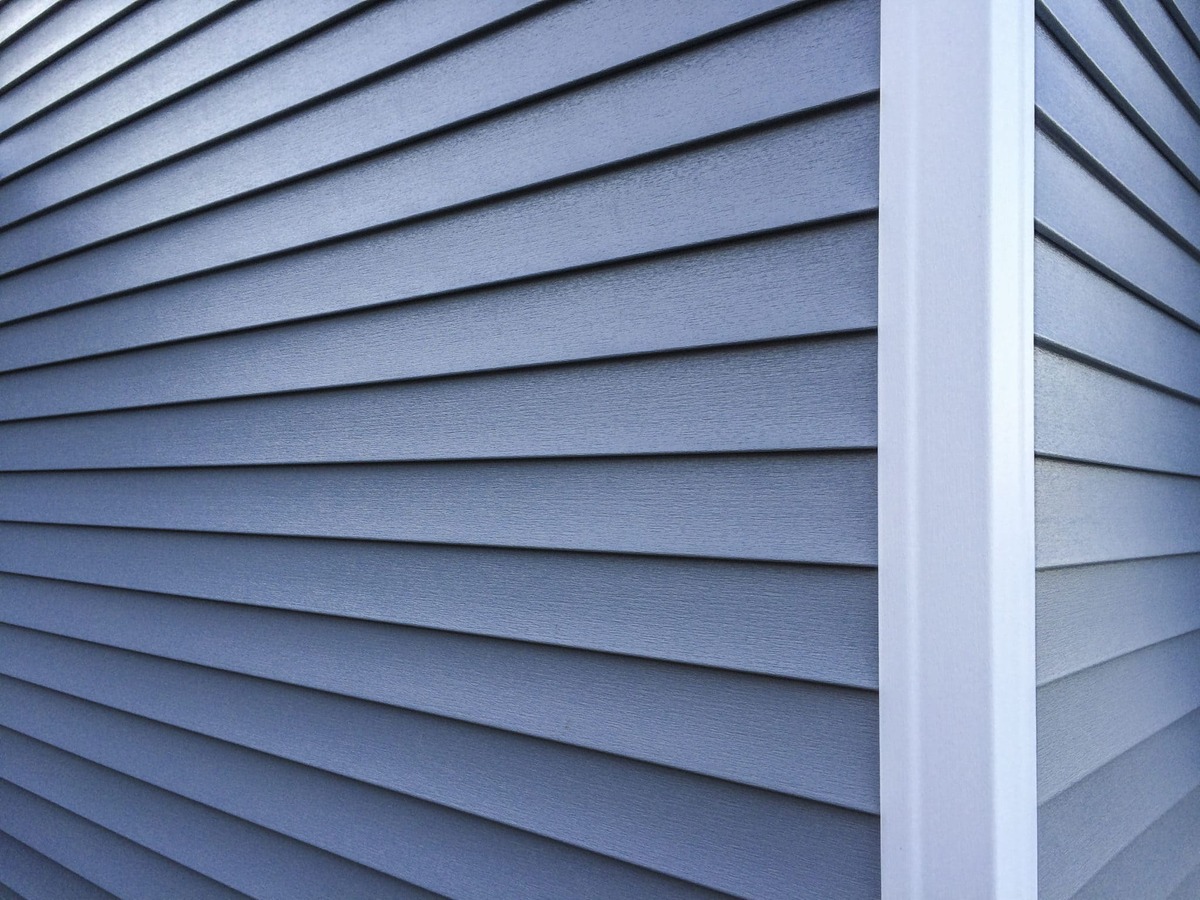
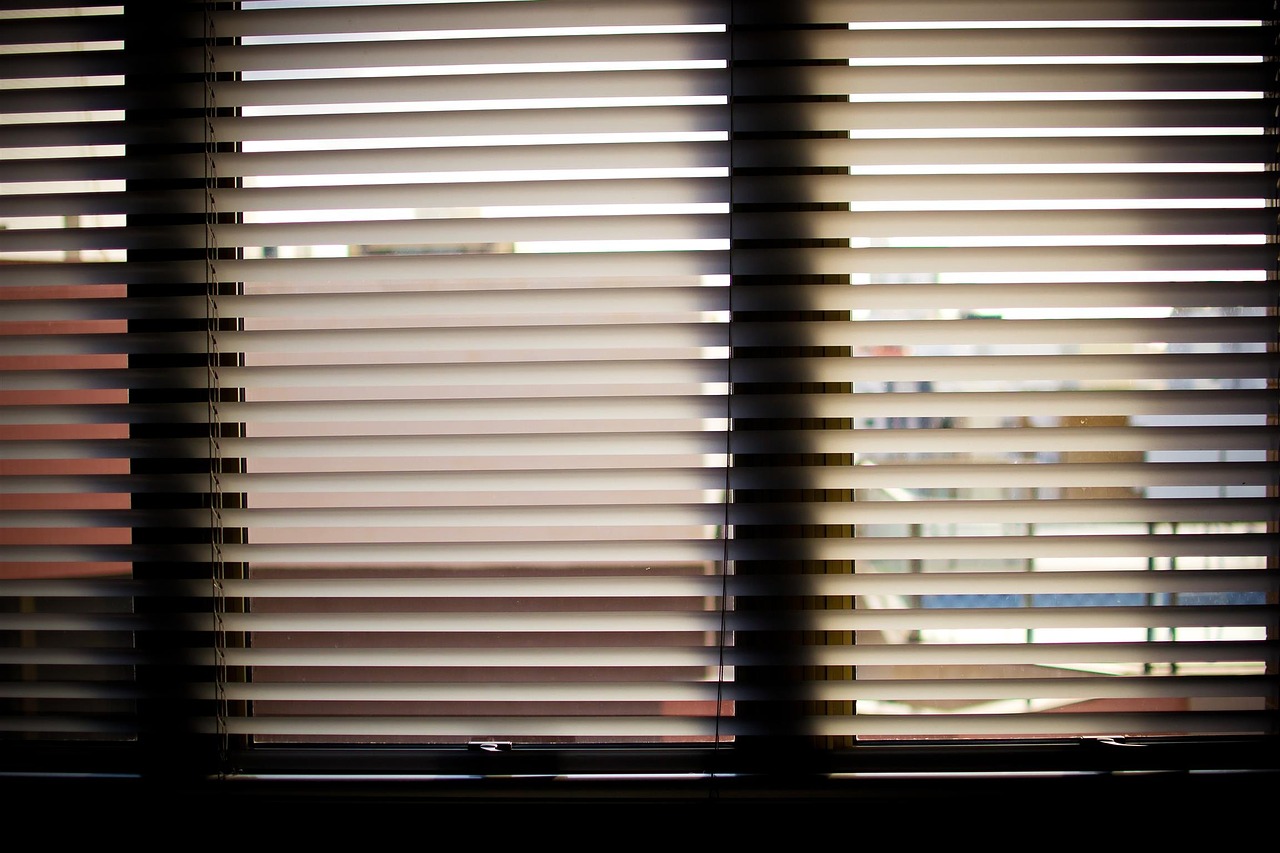
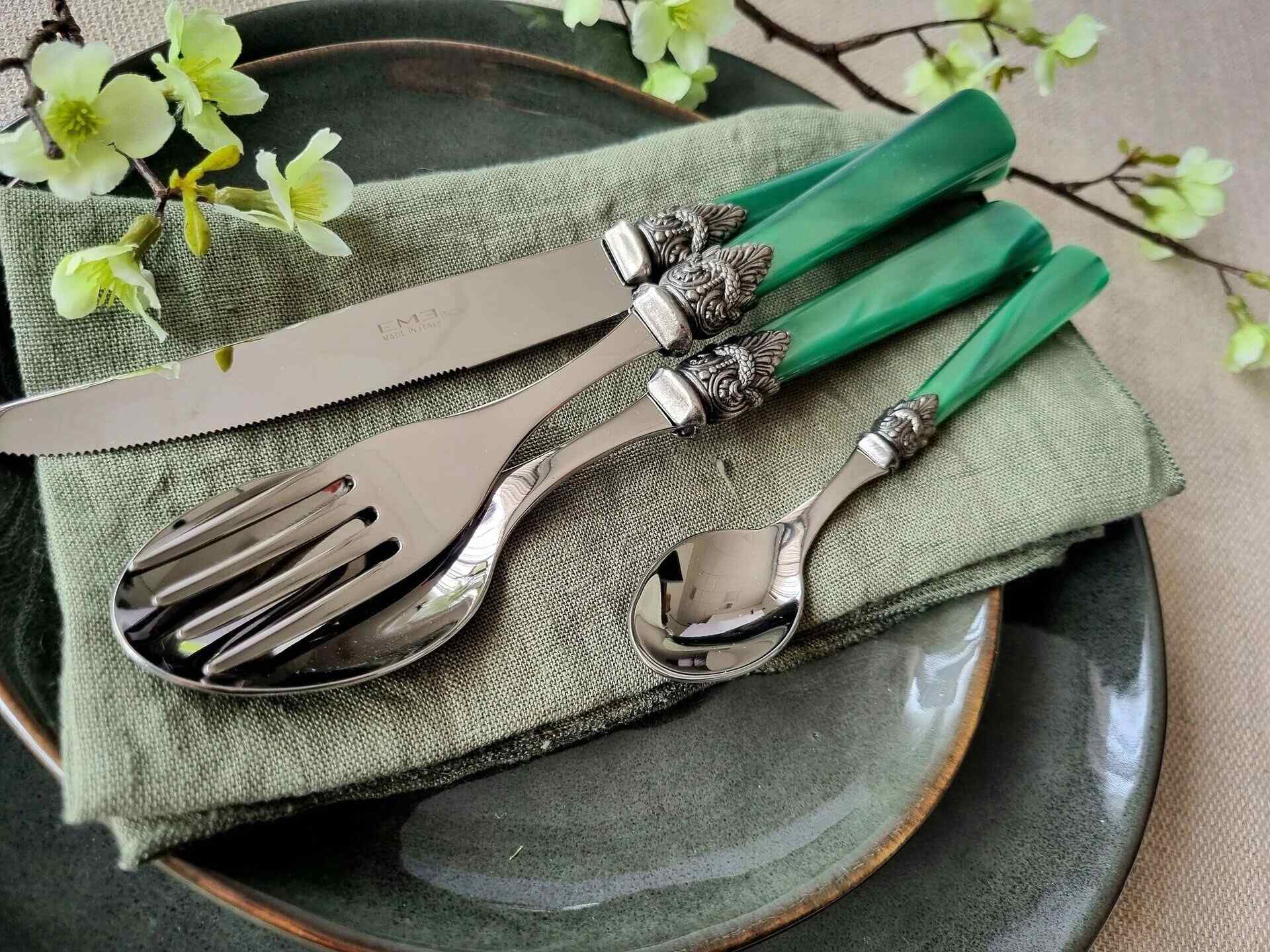
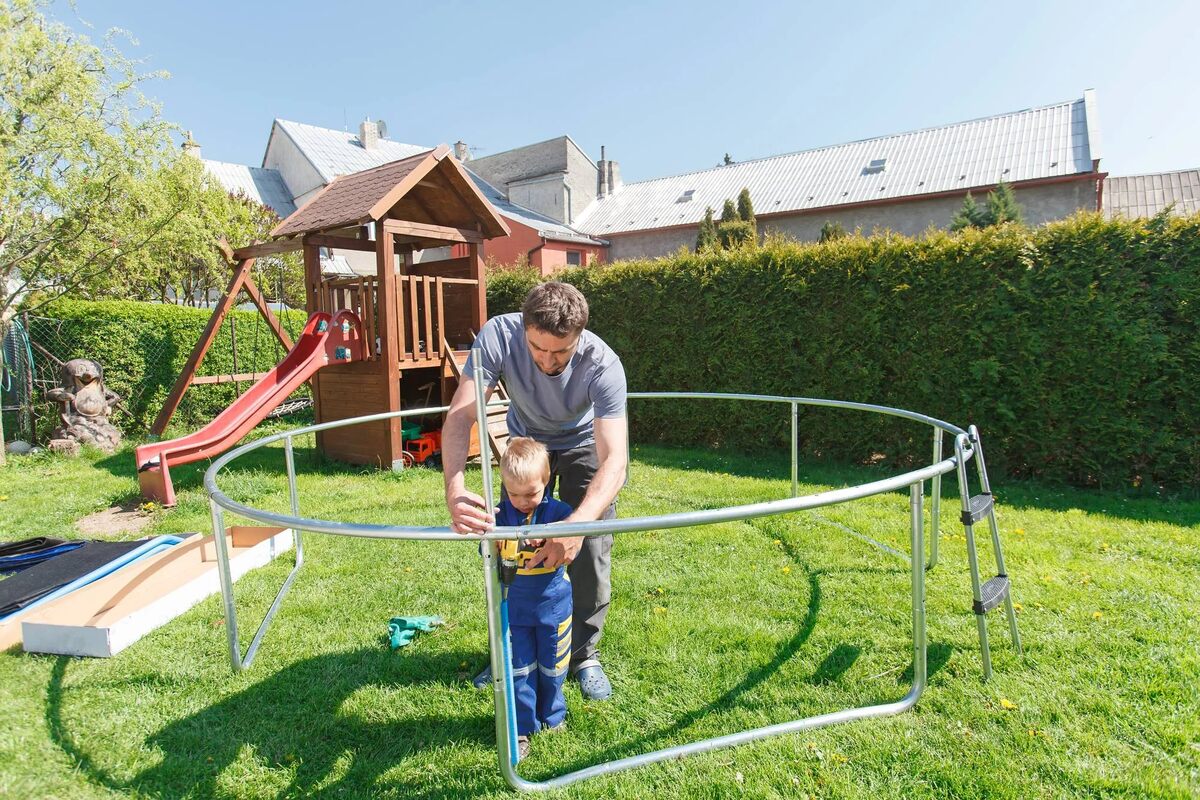
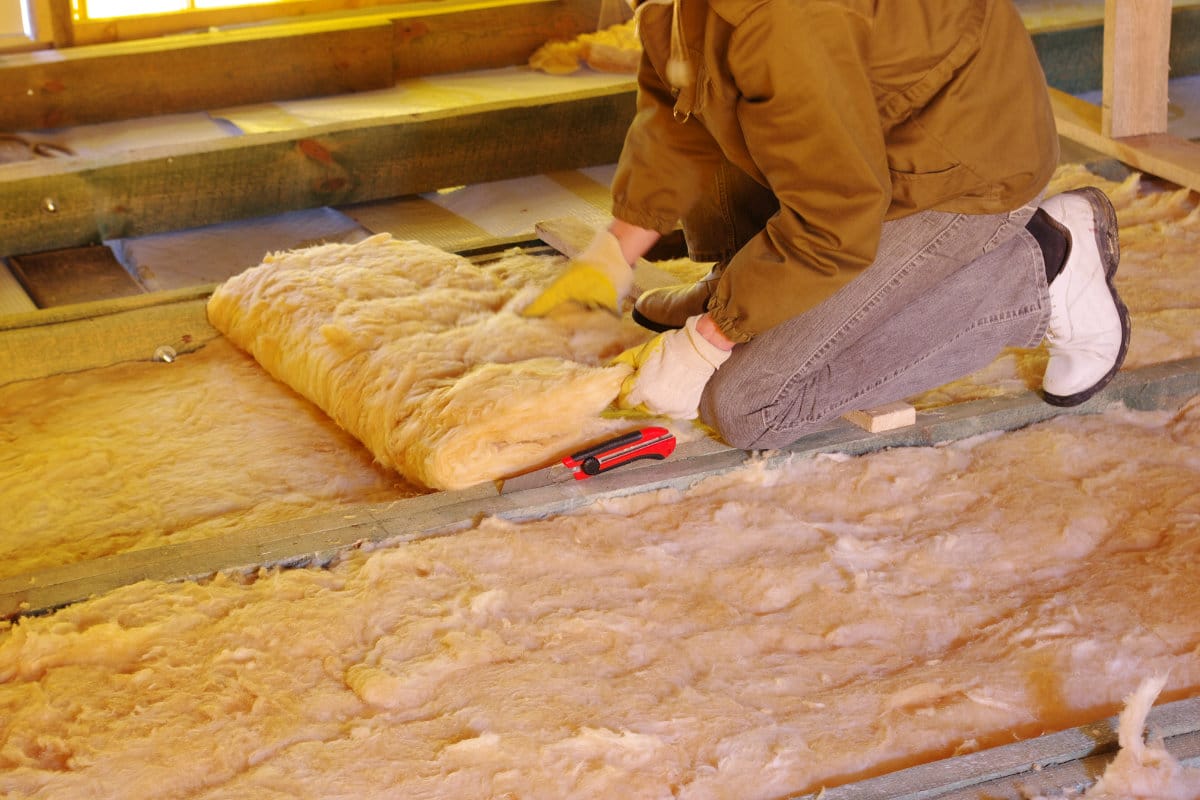
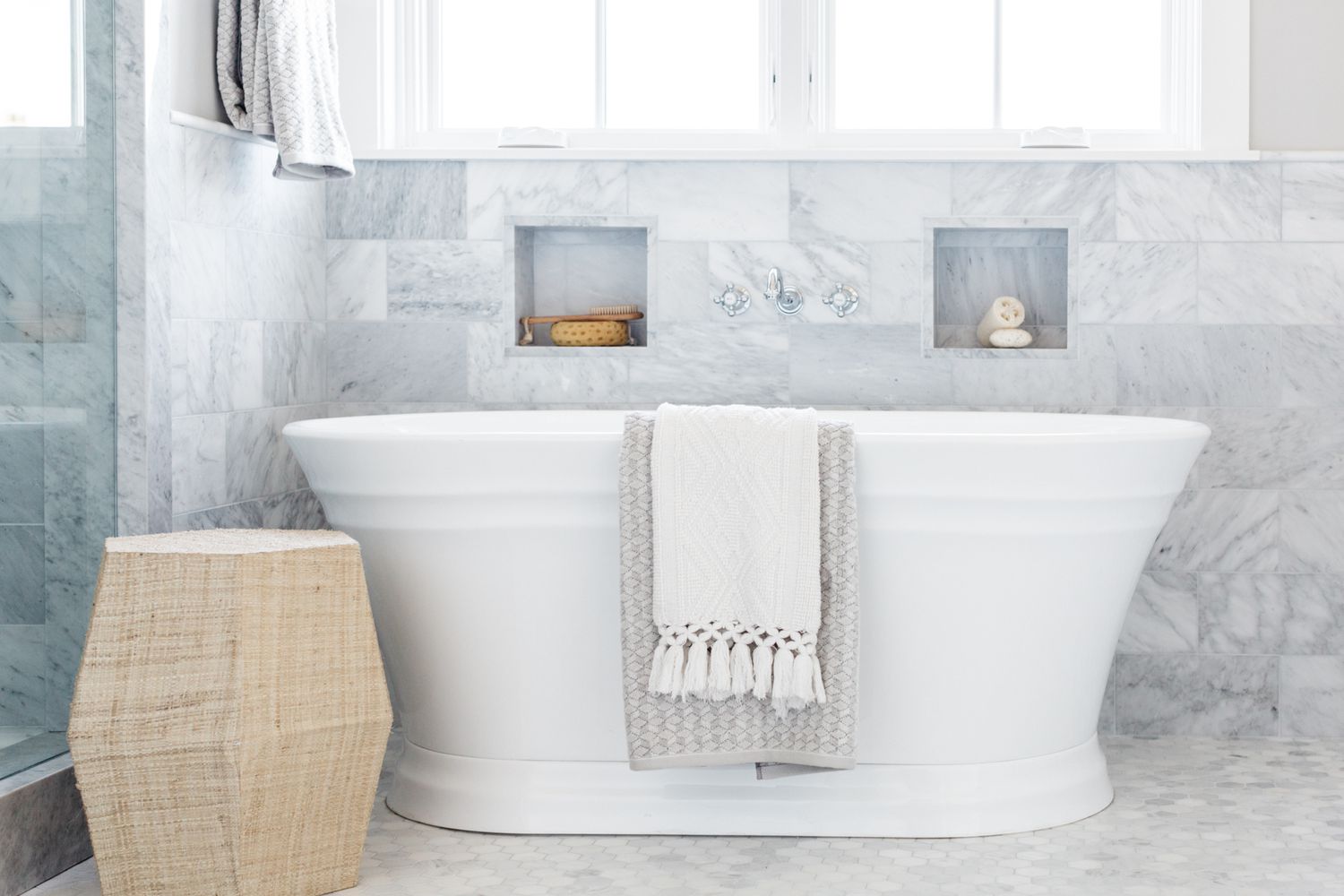
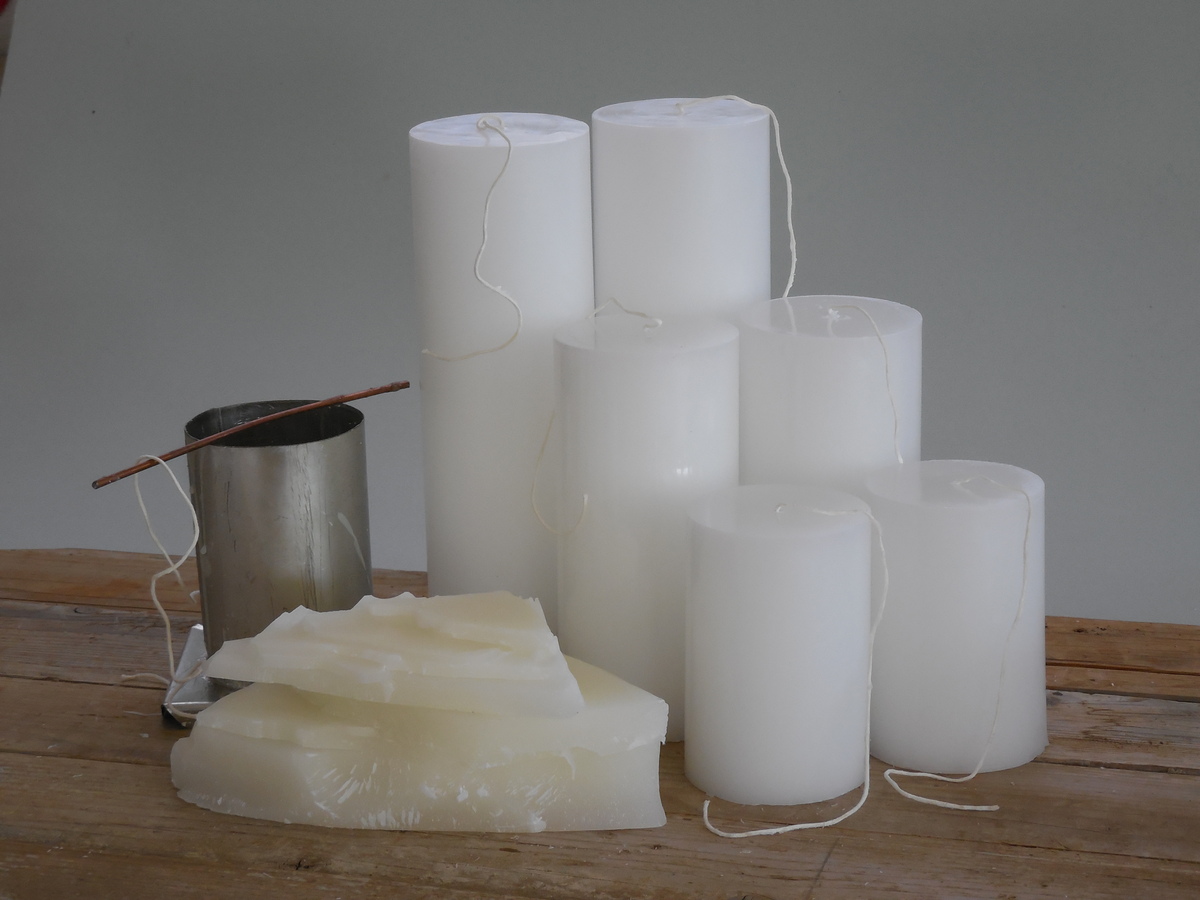
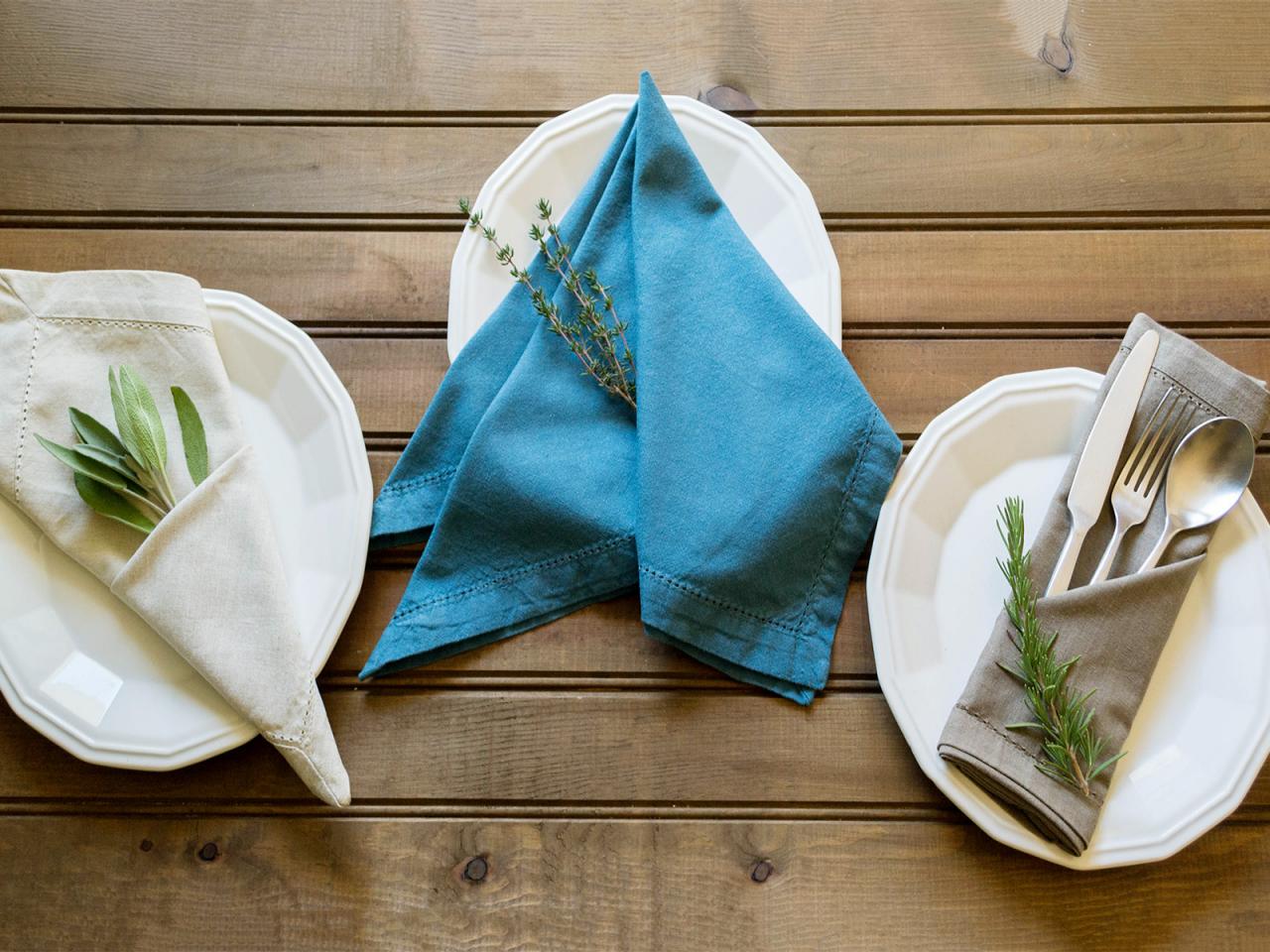

0 thoughts on “What Is Boral Siding Made Of”